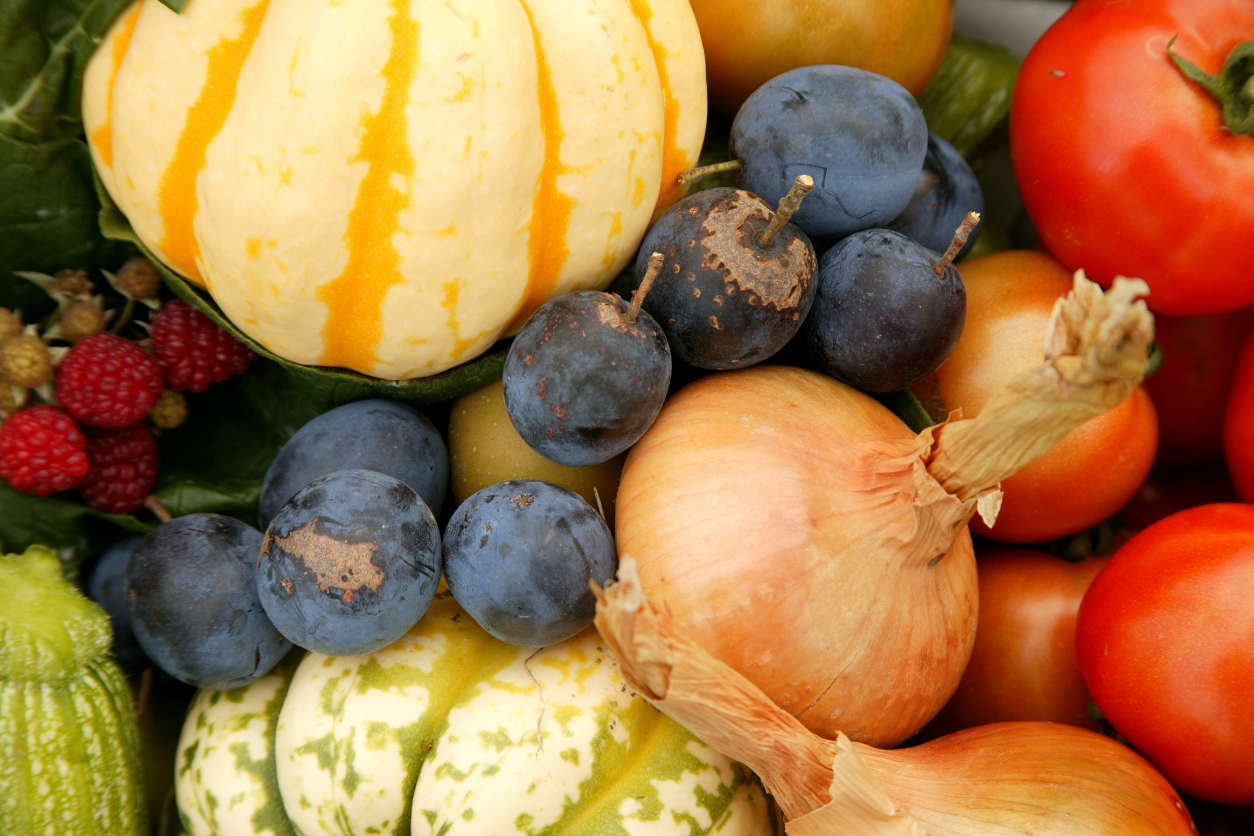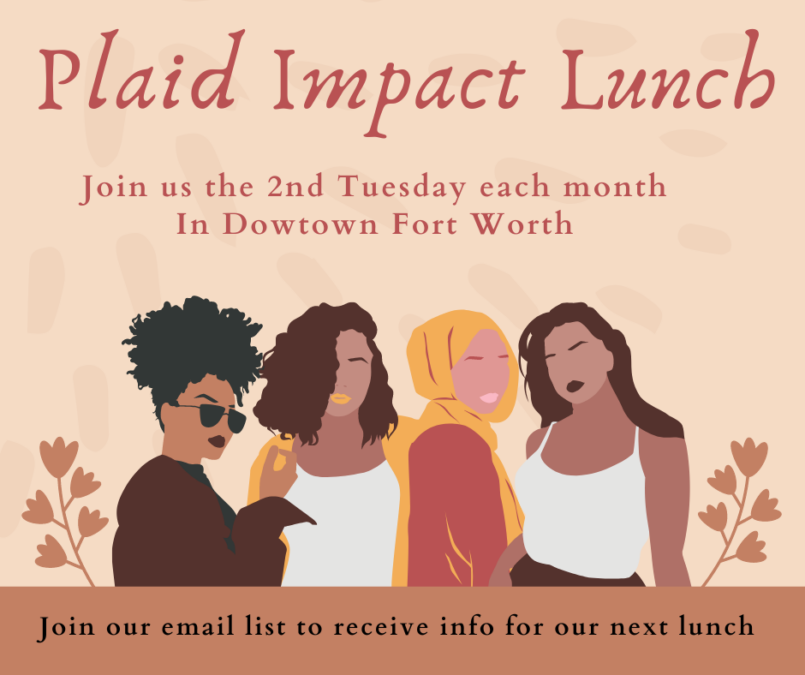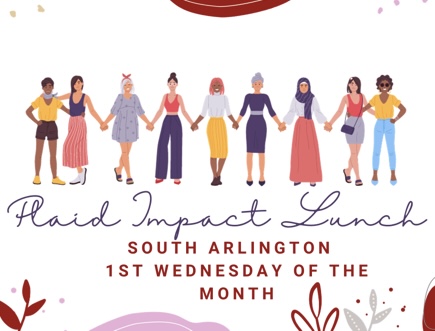Over the years, the pendulum has swung back and forth (sometimes violently) between carbs being good and not so good as a calorie source. In fact, you may even experience major guilt from having that extra slice of toast or even a large piece of fruit.
So what’s the answer—good or bad?
Like most matters of health, carbs are in the gray area…it depends on the carb, your specific nutrition goals and how they fit into your total diet. So let’s look at some facts:
- Carbs are the preferred fuel for your brain and muscles. When you’re running on “empty” neither may work well.
- Some carbs contain fiber and nutrients that can be difficult to get from other foods.
- Fine-tuning the amount and types of carbs you eat can help you lose weight, lower your cholesterol, improve your blood glucose and lower your risk of cancer. Really? Yes!
- Some grains contain gluten, a protein that causes symptoms in a small number of people. However, if you are not gluten intolerant, there is no reason to avoid gluten!
- For people with diabetes or insulin resistance, looking at the quality and quantity of carbohydrate foods in the diet is critical.
I like to steer my clients over to the idea of eating “smart carbs”.
What’s a Smart Carb?
 Raw or lightly processed fruits and veggies
Raw or lightly processed fruits and veggies- Whole grains, with an emphasis on those that are as close to nature as possible: oats, barley, faro, cracked wheat, quinoa, corn. (A whole grain contains all the parts of a grain—the outside bran, which carries the fiber, the germ and the endosperm.)
- Beans and legumes
- A carbohydrate rich food that has a low glycemic index
Not so Smart Carbs:
- Enemy number one? Sugar-sweetened beverages—they’re the primary source of added sugars in the US. Not just soda, but also sweet tea, sports drinks and even juice drinks. Large studies have now linked sweetened beverages to long-term weight gain, type 2 diabetes and increased cardiovascular risk. So much so that the American Heart Association recommends you limit your calorie intake from sugar to 100-150 calories per day. This adds up to about 25 to 37 grams per day.
- Candy, cakes, cookies and other desserts can also be a big contributor to added sugar and carb overload. Although there are small amounts of sugar in many foods, don’t fret over those too much!
- White foods like white rice, white bread, flour tortillas, refined cereals, biscuits are easily digestible, adding to a carb load that may affect your health.
Carbs that Fall in the Gray Area
Really, just about any carb-rich food can fall into the “gray area”—they can swing either way, depending on how it is prepared and the portion size.
- Fruit Juice. How can a 100% fruit juice not be a smart carb? When you drink too much of it. Juice is an easy way to get your vitamin C and other nutrients, but it is also very easy to drink, giving your body a dose of concentrated (albeit natural) sugar that can increase your blood glucose and calorie intake. So by all means, have some juice, but do limit it to ½ cup at a time! (My recommended juices are orange, grapefruit, pomegranate, cherry and berry juices. These rank high on the antioxidant lists.)) On the matter of vegetable juice, go for it! You don’t need to worry about large amounts of sugar from veggies, and they are super nutrient-rich.
- Potatoes. First let me go on the record as saying I believe you should eat potatoes. Potatoes are a great source of vitamin B6, potassium, copper and vitamin C. Sweet potatoes also contain all the vitamin A you need in a day. The question you must ask yourself is, how large is your portion, and how is it cooked? The size of a baked potato typically served in a restaurant can be as much as 4 carb servings! Also, if you prefer your potato cooked in oil, or smothered in butter, bacon and cheese, you may have just doubled the calories.
Come back for my June post, How to Painlessly Trim Carbs from Your Diet!













